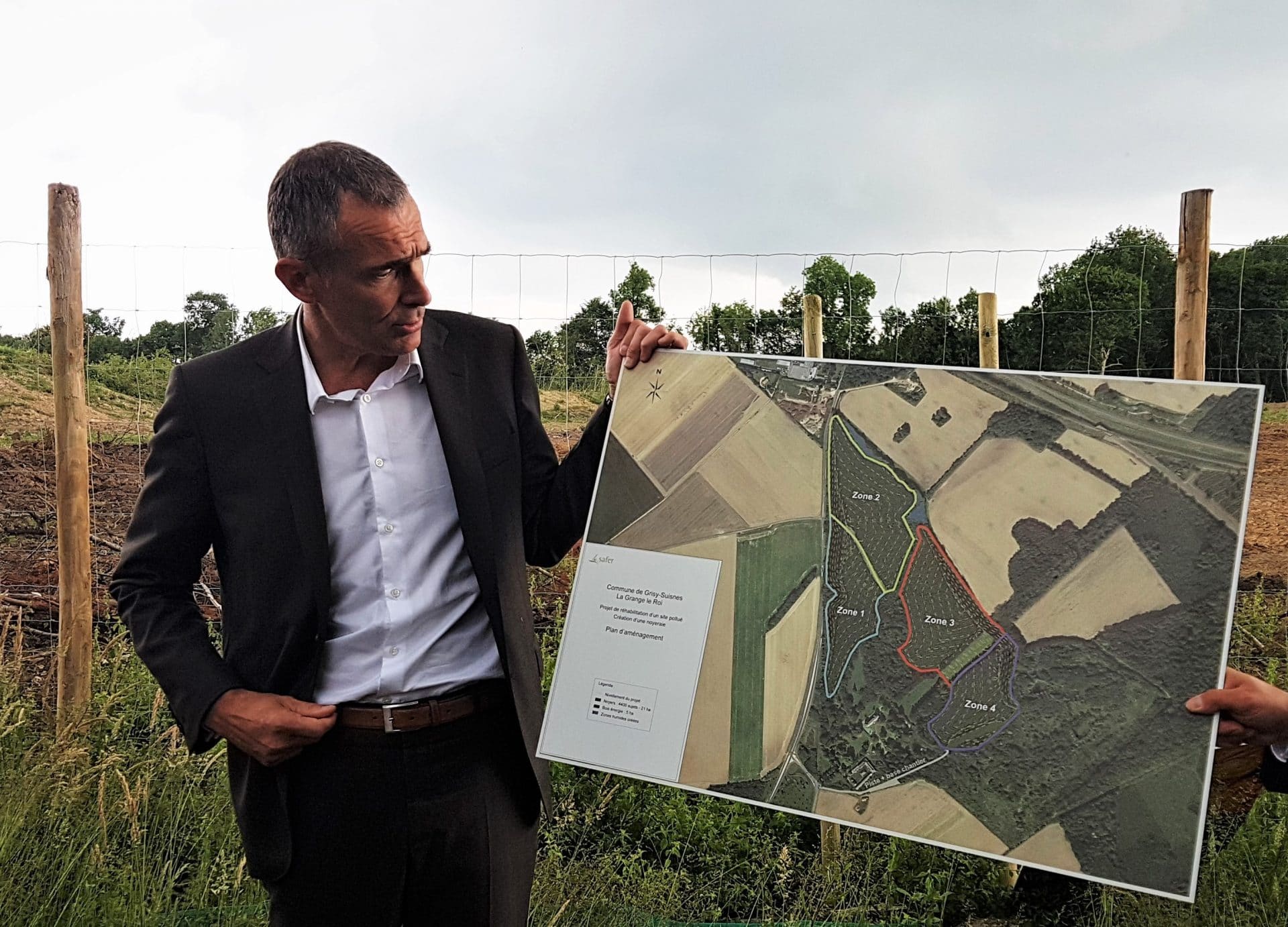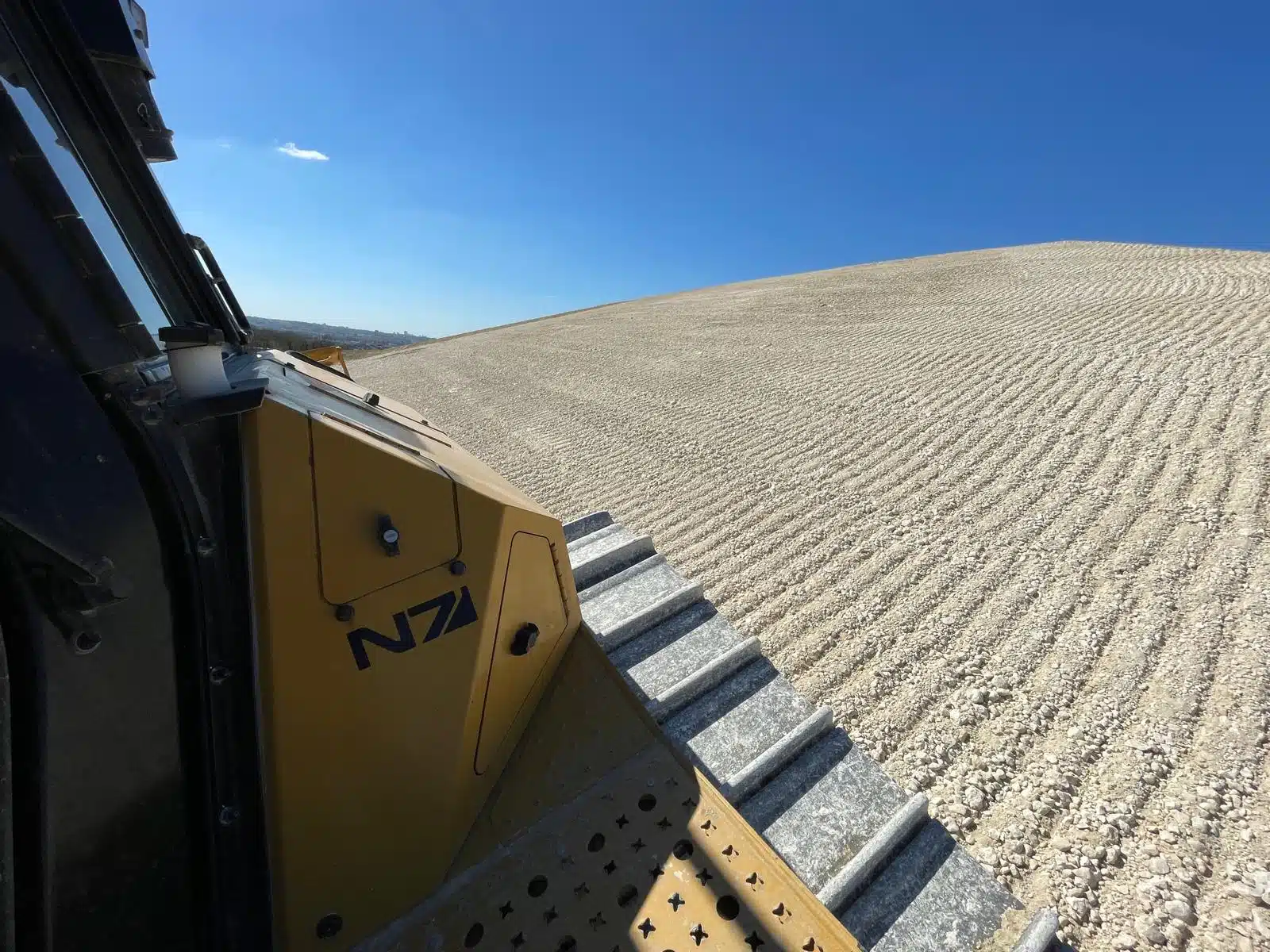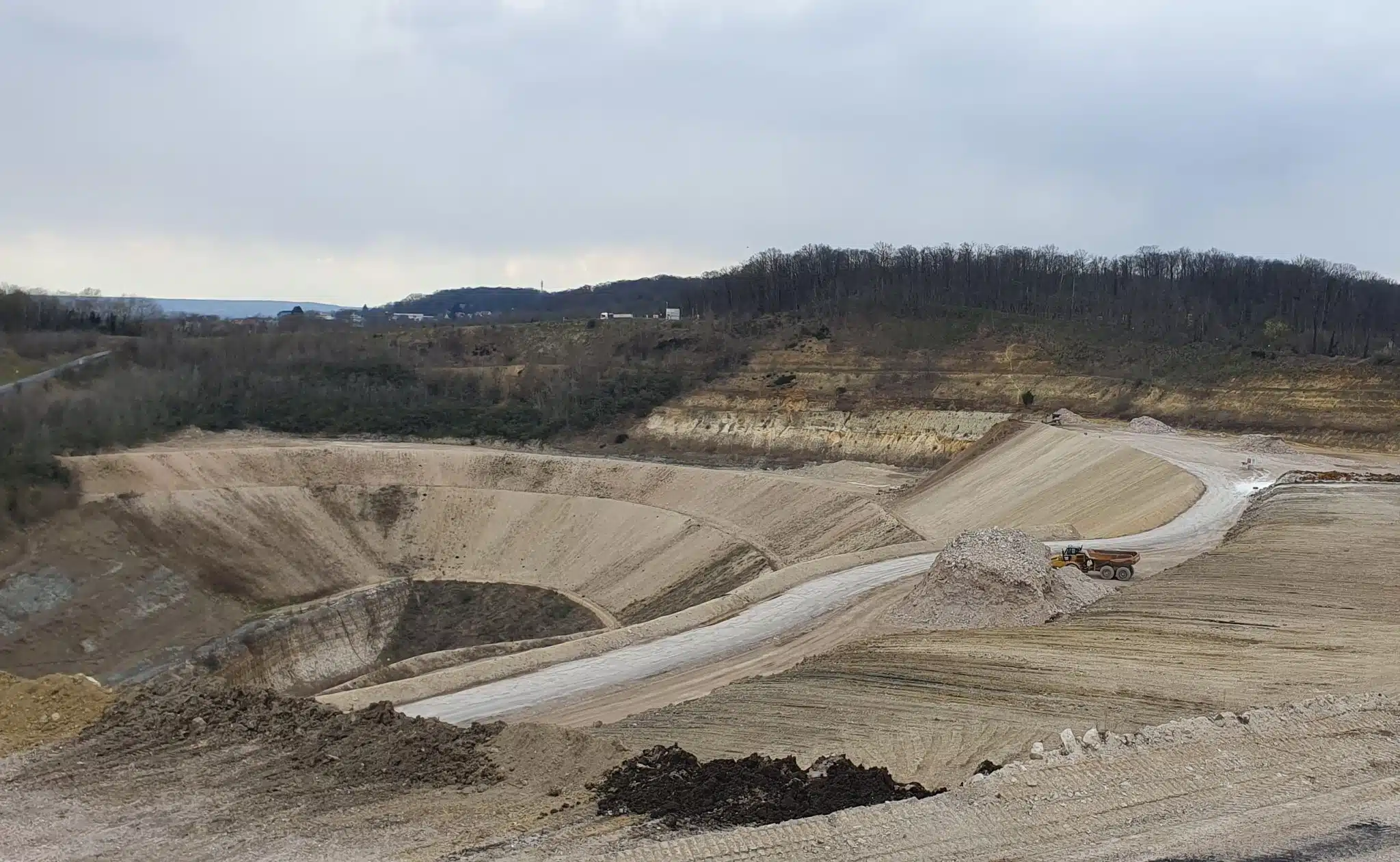Grisy-Suisnes (77) castle development project a success
The people of Grisy-Suisnes have been won over by the project to save the château. Supported by SAFER and operated by ECT. In Edition 77 of Le Parisien, journalist Marine Legrand reports on the public meeting held to discuss the project led by SAFER and ECT.

SAFER IDF has officially launched the 1st phase of rehabilitation work on the Domaine de la-Grange-Le-Roy in Grisy-Suisnes (77). On this occasion, Laurent Mogno, President of ECT, presented the phasing of inert soil inputs. The aim of the project is to restore the farmland by planting walnut trees and firewood, and to rehabilitate the estate’s buildings and landscaped grounds.
Giving a second life to a derelict site
SAFER Île-de-France, the project owner, has acquired the 70-hectare La-Grange-le-Roy estate in Grisy-Suisnes (77). The historical and architectural aspects are being handled by a private investor, while ECT is working on the natural and landscaping aspects.
Several previous projects have failed to rehabilitate the La-Grange-le-Roy estate. As a result, the site today has all the characteristics of a derelict site. The château and outbuildings are in a state of serious disrepair. Waste and illegal dumping degrade soils and natural environments.
Reclaiming through the circular economy: reusing inert soil
The contribution of inert soil will enable the creation of a walnut and wood-energy farm. These contributions will also help renaturalize the estate’s other natural and landscaped areas.
How? This agricultural and landscape rehabilitation is made possible by ECT’s reclamation of inert soil. The soil comes from earthworks in the Paris region. These land contributions will finance the various developments and plantations and will be used directly to reshape the estate and park.
Create a new landscape with a public park and agricultural woodlands
At the end of the project, when it opens to the public, walkers will be able to discover new highlights:
- the château and grounds will house a foundation for contemporary and digital art
- The hectare-long promenade will be enhanced by a glacis offering an unobstructed view.
- Farming will be restored with a 21-hectare walnut tree plantation and a 3-hectare energy wood plantation.
- A new meadow and open spaces will provide a haven for biodiversity
Respecting biodiversity
The project includes numerous measures to preserve the ecological environment. The aim is to preserve sensitive natural habitats and encourage the development of flora and fauna.
With 10 hectares of natural habitats, the ecological stakes are high, particularly for the site’s open environments and wetlands. Ecological management of the site will reinforce preservation actions. Wetlands are preserved on 4.3 ha and recreated on 0.6 ha with the installation of reedbeds. ECT restores 7 ponds.
Protected species benefit from special facilities. This is the case with the creation and restoration of ponds, and the installation of chiropteran and reptile shelters. To achieve this, ECT relocated amphibians and a protected flower (bladderwort).
Finally, ECT will provide support and ecological monitoring of the site over a 30-year period.
Key figures
years
ecological monitoring
start of soil inputs
hectares
4,400 walnut trees planted
years
duration of work
m²
wetlands



